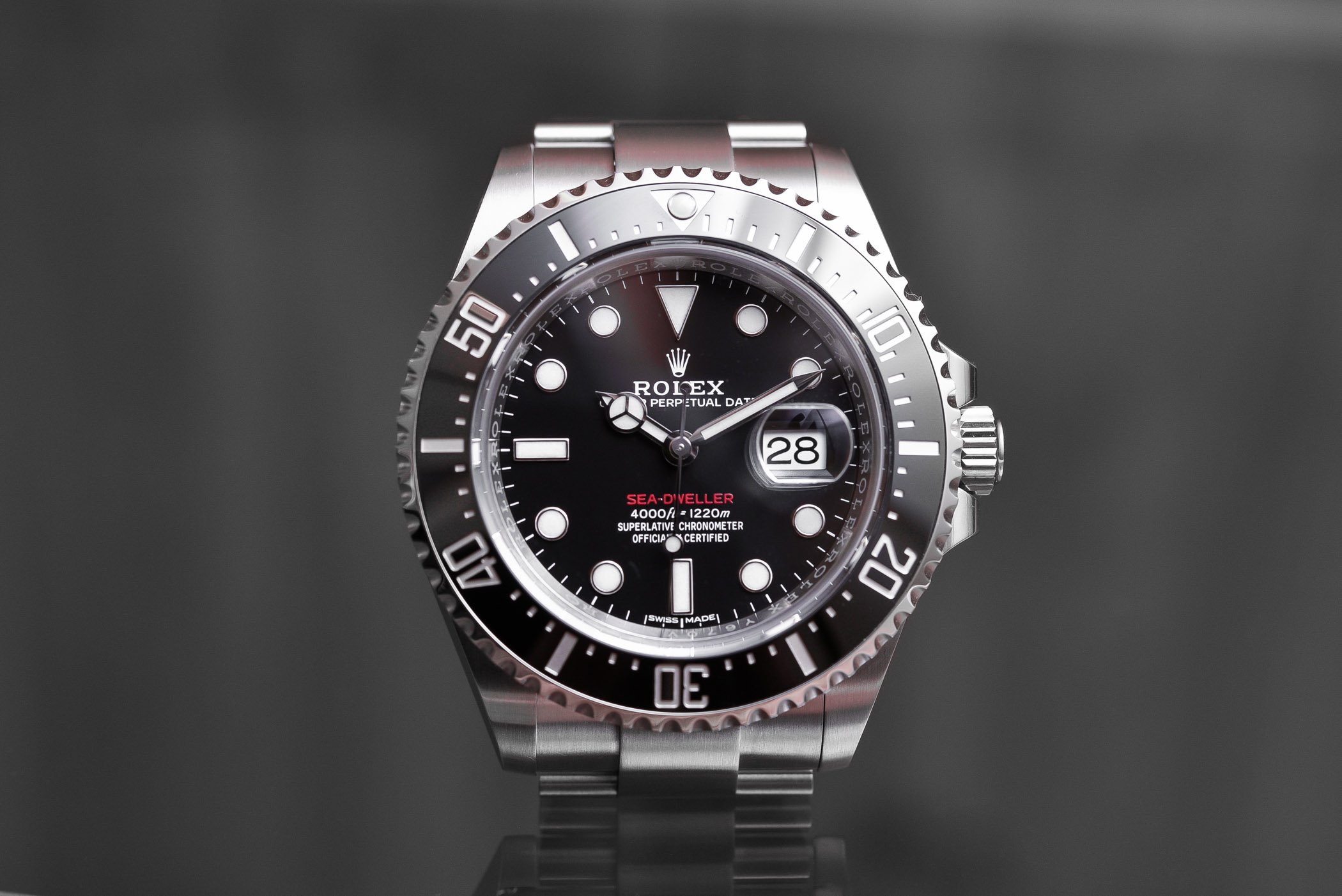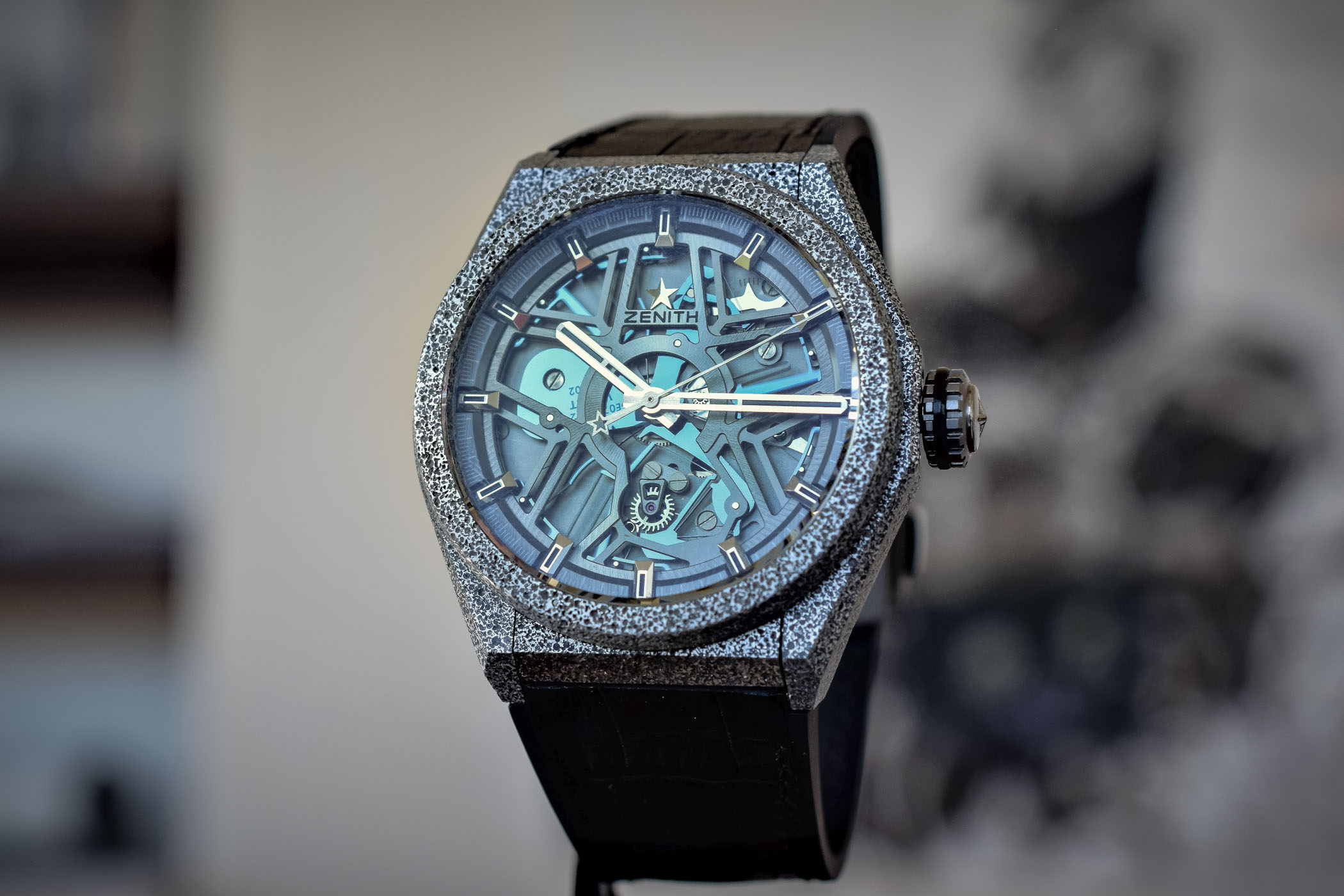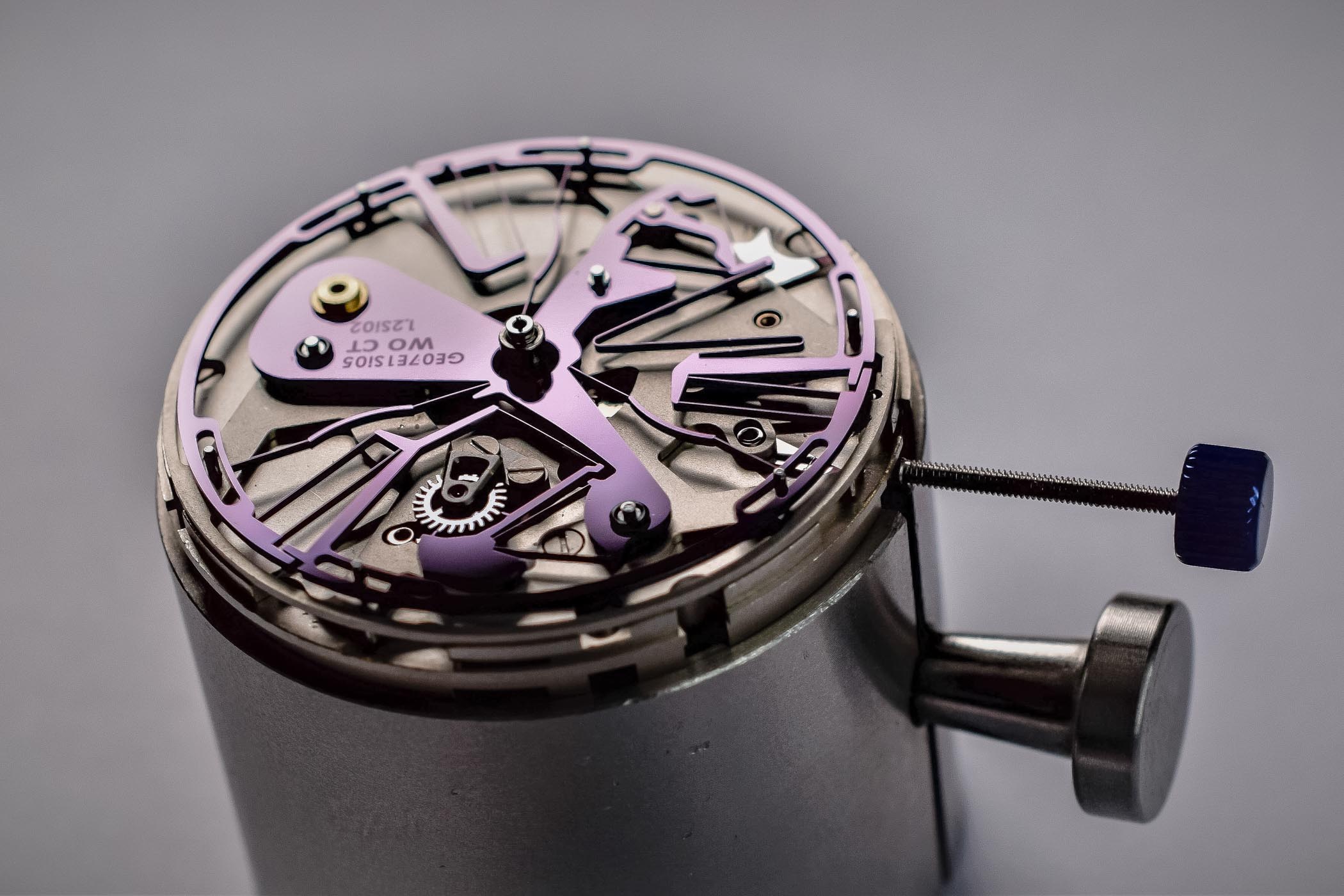Recap – The 5 Watches That Made the Buzz in 2017

The end of the year is close, so it is time, before 2018 starts, to recap what happened in 2017. Yesterday, we looked at the industry and the 5 main highlights of the year. Today, we move back to watches, with the 5 pieces that created most conversations. Controversial, innovative, unexpected or loved… There were some great pieces in 2017 and these 5 are the ones that, for us, should be remembered. Of course, this list isn’t exhaustive. Please share with us in the comment section which watches made an impression on you.
The Cyclops-Gate – The Rolex Sea-Dweller 126600
Unlike the “Antennagate” or the “Bendgate” with the iPhone, the “Cyclops-Gate” has nothing to do with a misfunction or a quality issue. Yet, when it comes to iconic products, change can create strong reactions. This is what happened with the new version of the Rolex Sea-Dweller, the 2017 reference 126600.
Launched for the 50th-anniversary of the model, a new version was highly expected. Several changes have been introduced on this model. Some of them have been applauded. Some of them created the buzz. Let’s go crescendo. First, the red line of text. As an ode to the inaugural 1967 edition, Rolex decided to print the name “Sea-Dweller” in red on the dial. A vintage reference that most loved. Then, there was the addition of a new movement, the Calibre 3235. Again, nothing to complain here, as this next-gen calibre is more powerful, more precise, more advanced in terms of technology and, even if it is too early to state on this, Rolex’s legendary reliability should be there.
Let’s move to more controversial elements. In order to differentiate this ref. 126600 first from the previous model and mainly from the Submariner (both were sharing the same 40mm diameter), Rolex decided to make this 2017 version in 43mm. Everything has been increased in size: the bezel is larger, the bracelet is larger, the case is larger, the hands and indexes are larger. Proportions have been kept though. This testosterone-fed version has its partisans and its detractors… A matter of taste.
Finally, the main talking-element: the cyclops. Historically, the Rolex Sea-Dweller never had a magnifier over the date. Never! Yet, there was a good reason for that: Rolex didn’t have the technical solution to have a cyclops that could resist the high pressure the watch is supposed to withstand. However, now they have that solution, and in a very Rolex way, if they can do it, they have to do it. The Rolex Sea-Dweller 126600 thus realigns with the rest of the collection, where all watches with date window have a cyclops (with the exception of the DeepSea, where it is still technically impossible). Considering the number of comments we had and the multiple forum threads created, this addition was clearly not to everybody’s taste.
The Innovator – The Zenith Defy Lab
Zenith properly impressed the industry and collectors this year with the hyper-innovative Defy Lab. Let’s forget about the very Hublot-ish design and the quite special (to put it mildly) material used for the case. The piece de resistance is the movement and its new regulating organ that is challenging the basic operating principle of the mechanical watch regulation – the balance spring – invented in 1675 by Christiaan Huygens. Since this invention, the whole watchmaking industry has been relying on the Swiss lever escapement system (with the balance wheel, the balance spring and the escapement combination).
With the Defy Lab, Zenith introduces a brand new system, with a monolithic oscillator made of silicon, developed thanks to the application of the laws of compliant mechanisms. The anchor is integrated within the oscillator (just like the anchor can be integrated to the pendulum for some clocks!) and works in conjunction with a silicon escape wheel. The rest of the movement is conventional (making its implementation in serial production rather easy).
The oscillator of the ZO 342 calibre combines high frequency (15Hz or 108,000 vibrations per hour) with low amplitude (+/- 6 degrees versus around 300 degrees for a standard balance wheel). The accuracy of the mechanism is impressive. Zenith announces a daily rate precise to 0.3 seconds per day. The monolithic structure of the oscillator and the use of silicon also makes the movement virtually insensitive to temperature changes, gravity and magnetic fields eliminating key weaknesses of traditional hairsprings. Most surprising is that this new system is relatively simple and shouldn’t be seen as just another concept but something that could be mass produced in a near future.
The Unexpected Alliance – The Tudor Black Bay Chrono
At Baselworld 2017, Tudor introduced a quite controversial Chronograph version of their highly successful vintage-inspired dive watch, the Black Bay. Besides the look of the watch that created quite some discussions (the combination of vintage elements, diving elements and racing chronograph elements were not to everybody’s taste), what should be remembered here is more technical, more “behind the scenes”.
The largest surprise with this Black Bay Chrono was indeed the movement used to power the watch. No more ETA 2892 but the new Calibre MT 5813 – a so-called manufacture calibre, which was in fact based on the architecture of the Breitling B01. Indeed, Tudor and Breitling have been joining forces, as “The Shield” uses the B01 and “The Flying B” uses Tudor’s 3-hand automatic movement in exchange. We, at MONOCHROME, were pleasantly surprised by such a mechanical alliance and by the transparency both brands had.
Developing a chronograph movement is definitely one of the most complex and time-consuming tasks for a watch brand. With this alliance, Tudor benefits from a state-of-the-art chronograph movement for a lower cost, as well as avoiding the need for research and development. Thus, Tudor can be more reactive to the market changes. Overall, this Breitling/Tudor joint venture clearly is a success as it is beneficial to the brands themselves (more production, faster absorption of the R&D costs) and to the end customer who will be able to get reliable and high-performing movements for relatively measured prices.
The race for thinness – The Bulgari Octo Finissimo Automatic
While the records for the thinnest watches was previously the apanage of Piaget, it seems that they now have a new opponent: Bulgari. After the thinnest tourbillon movement, after the thinnest minute repeater watch and movement, they launched at Baselworld 2017 the thinnest automatic watch in current production.
This Bulgari Octo Finissimo Automatic features a micro-rotor movement, calibre BLV138, which measures only 2.23mm thick, compared to the previous record held by Piaget, at 2.35mm. The case is as slim as the movement, with an overall slenderness (hard to say thickness here) of 5.15mm. Quite an achievement from a brand that started to develop such thin movements less than a decade ago.
In addition to the record-thin movement is the overall design of the watch, far away from the classical codes of ultra-thin watches. Bold, angular, sporty… It is a statement watch made elegant by its thinness. However, the record only lasted for 8 months, as Piaget reacted with the Altiplano Ultimate 910P, the new thinnest automatic watch, introduced a week ago, with a 4.30mm case.
The Classics – The Omega 60th Anniversary Master Collection
This year marked the 60th-anniversary of one of the most iconic collection ever created, the Omega Master Trilogy, comprising the Speedmaster, the Seamaster and the Railmaster. These three icons, presented in 1957, never stopped being a source of inspiration for the brand. To pay a tribute to the 3 inaugural versions, the Speedmaster CK2915, the Seamaster CK2913 and the Railmaster CK2914, Omega simply recreated them in the most faithful way.
With the exception of the movements and a few details, the Omega Seamaster 300, the Omega Railmaster and the Omega Speedmaster 60th Anniversary are identical to the original versions. To achieve this level of faithfulness, Omega used a unique digital scanning technology, which supplied the brand with accurate representations of the original watches. All cross sections and dimensions have been measured, and then used as such in the new 1957 Trilogy. Every single aspect is equal to the original ones. Period!
If some of the watches we’ve seen above created quite some controversies, this Omega 1957 Trilogy was almost universally appreciated and respected by collectors – which transformed into sales, as the Speedmaster went sold-out in a wink and the two others should follow soon (if not already done).
This article was our last for 2017. We’d like to thank you for reading MONOCHROME. See you in 2018, with more news and reviews. Best wishes!















5 responses
I was looking at both new Submariner No-Date or Sea Dweller both w/Ceramic bezel. I really really don’t like Cyclopes eye. For some reason I did buy 2 GMT Masters over the years, go figure. Two years ago I bought a Perpetual 39 specifically because of no Cyclopes. Well bottom line, I decided on the Submariner No-Date (no Cyclopes eye) and it hasn’t been off my wrist since I bought it over 6 months ago. I love It!
Well Cyclopes or Not, had before the sub without Cyclop, but sold it and bought a New SUB with, Cyclop, needed the date, and is still a great watch to look at, just a matter of taste, nothing else.
All the Best
Sophus
Denmark
I prefer the Cyclops – my eyesight isn’t the best so it enables me to see the date, even without wearing my eyeglasses. Change is good and keeps the consumer in anticipation of what may come next. Happy New Year to all!
Had the Submariner Date first. But never liked the Cyclop. Bought a Submariner a few month ago and just love it. The watch looks just so much better without cyclop.
But miss the Date though.
If the new SD had no cyclop, I’d buy that watch too. Love the redline and the size of it.
We live in a world of choices Rolex should give the customer a choice on the cyclops, we are paying hansomely for these very fine timepieces!